Healing Ritual
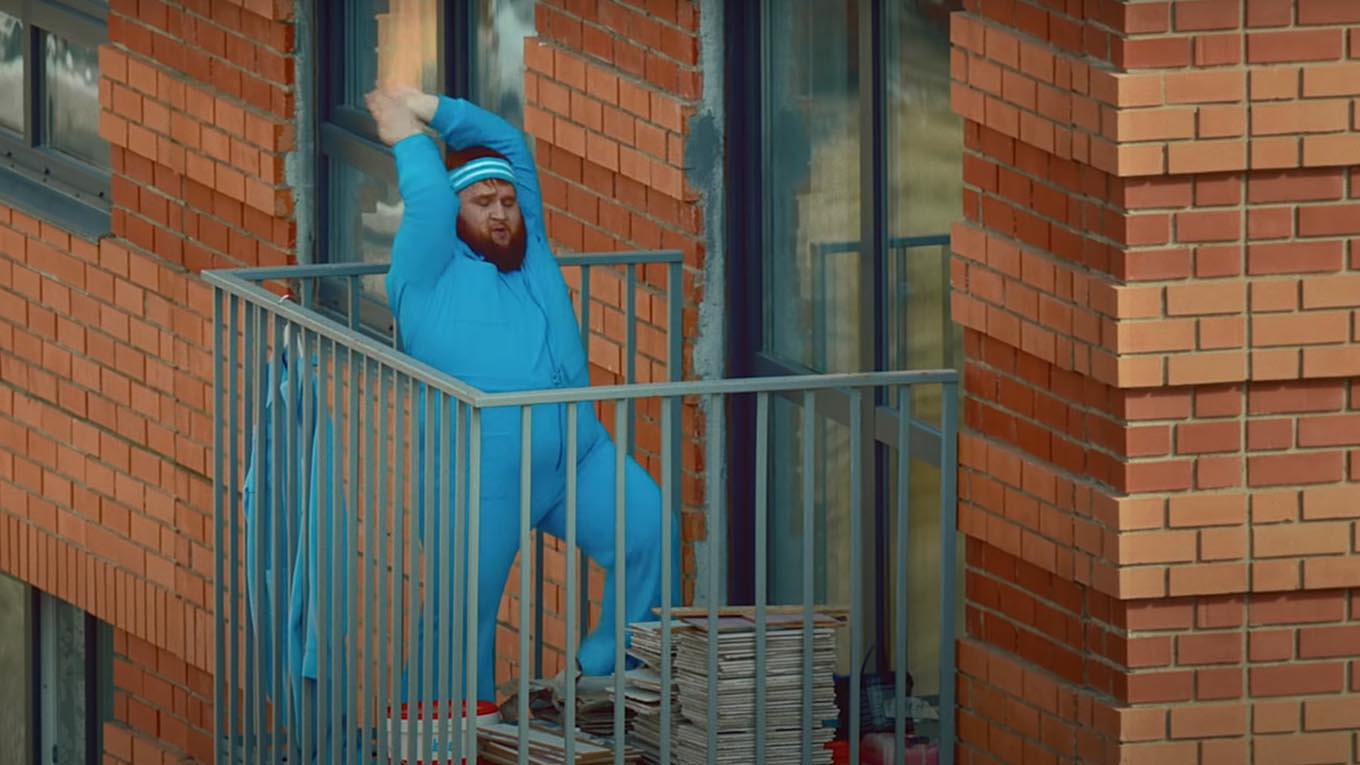
"I Cry Over Techno" video (Russia)
This is the ninth in a series of 16 posts offering an analysis of “Covid Codes” from a global perspective. SEMIOVOX has invited consulting semioticians from around the world to augment the Coronavirus-related meaning map whose lineaments we revealed here in a Spring 2020 series. We are grateful to our talented and generous colleagues, who are individually acknowledged in each series post that features their contributions.
The theme we’ll explore in this installment is: HEALING RITUAL. By which we mean: Taking time out to restore mind, body, and soul.
Like the previous installment in the series, ANCIENT WISDOM, this theme is governed by the paradigm “Guru” — which, as we’ve noted, is opposed in our schema by the paradigm “Pharmacist.” From the pharmacist’s perspective, illness is a problem that needs to be solved efficiently, while from the guru’s perspective illness offers an opportunity to rethink our assumptions, and to make meaningful changes in our lives.
The pharmacist is in the service industry; they’re here to make themselves accessible to you 24/7 — springing into action to help satisfy your desires. The guru, however, isn’t in the business of enabling your way of life; instead, their role is to alert you that your way of life is unhealthy. Like those Zen masters who respond to a student’s importunate question about achieving satori with a kick, in other words, the guru’s approach to helping us deal with illness and the prospect of death is a counterintuitive one.
[image removed]
Brands activating against the norms and forms of the HEALING RITUAL theme don’t promise rapid results. Instead, they urge us to slow down, to take time out… in order to refresh and rejuvenate body, mind, and spirit by thoughtfully and deliberately enacting a ceremony. The point of the healing ritual is to focus on what you can accomplish instead of what you can’t.
Our study suggests that the Healing Ritual thematic space is brought to life by at least five “source codes” (signs): Nature Healing, Touch Treatment, Small Wins, Indulge Yourself, and Purging 2020.
Nature Healing
The Nature Healing source code’s norm (idea, value, higher-order benefit) can be described as follows: Connecting with nature in a mindful way is good for what ails you.
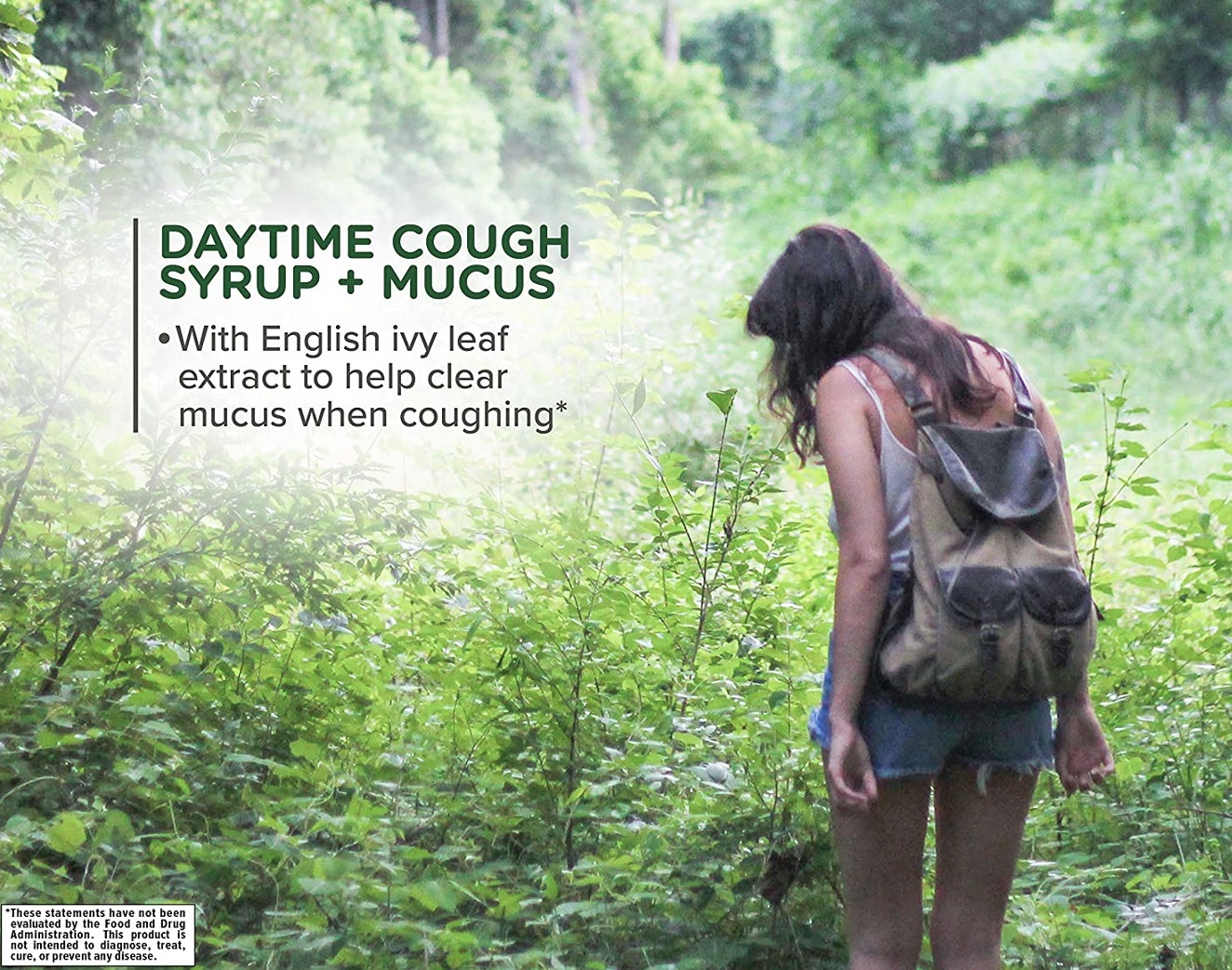
Visual cues of the Nature Healing source code include:
- Untrammeled wilderness – typically, forests. But also deserts, oceans, prairies.
- Images of nature returning — animals appearing in cities, fish returning to rivers, because no humans are around
Verbal cues of the Nature Healing source code include:
- Health benefits. “Why do we associate green with health and harmony?” “With English ivy leaf extract to help clear mucus when coughing.”
- Spiritual/therapeutic tonality. “The practice of walking mindfully through the woods and taking it all in through our senses – and it’s believed to boost our mental and physical well-being. At its core, it’s about connecting with nature – something that deep down we all know is good for us.” “Forest bathing is the good for the soul activity you need right now.”
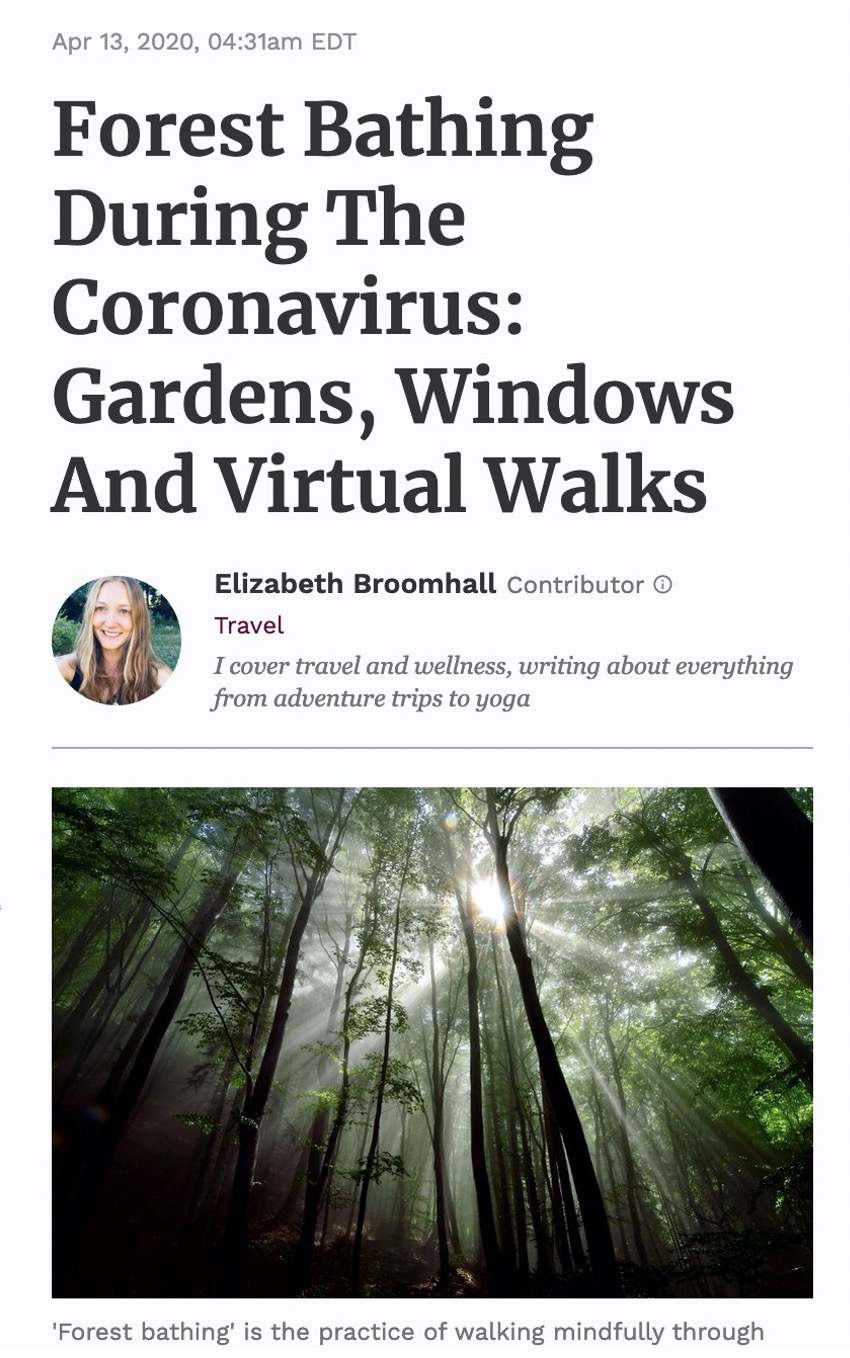
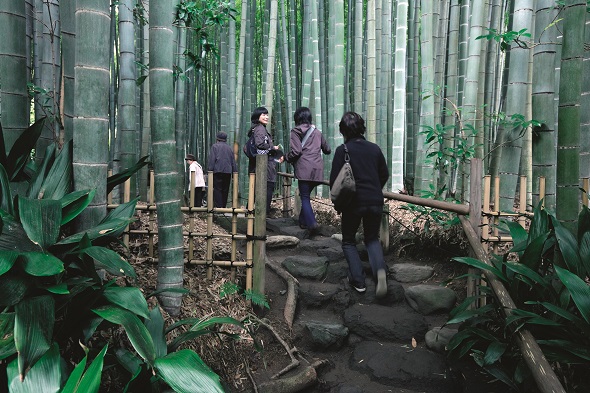
Whether you categorize it as a fitness trend or a mindfulness practice, the healing ritual of “forest bathing” emerged in Japan in the 1980s, where it is called shinrin-yoku (“taking in the forest atmosphere”). The ritual’s purpose was twofold: to offer an eco-antidote to tech-boom burnout and to inspire Japan’s citizens to reconnect with and protect the country’s forests.

Touch Treatment
The Touch Treatment source code’s norm (idea, value, higher-order benefit) can be described as follows: Massage and spa treatments are luxurious healing rituals, while we must also combat “touch starvation.”

Visual cues of the Touch Treatment source code include:
- Spa interiors — combination of sterile white walls with warm, rich colors, textures. Minimalist, slightly exotic furnishings and décor.
- People (usually women) in white towels, being massaged, etc.
- People embracing, shaking hands, touching in social way
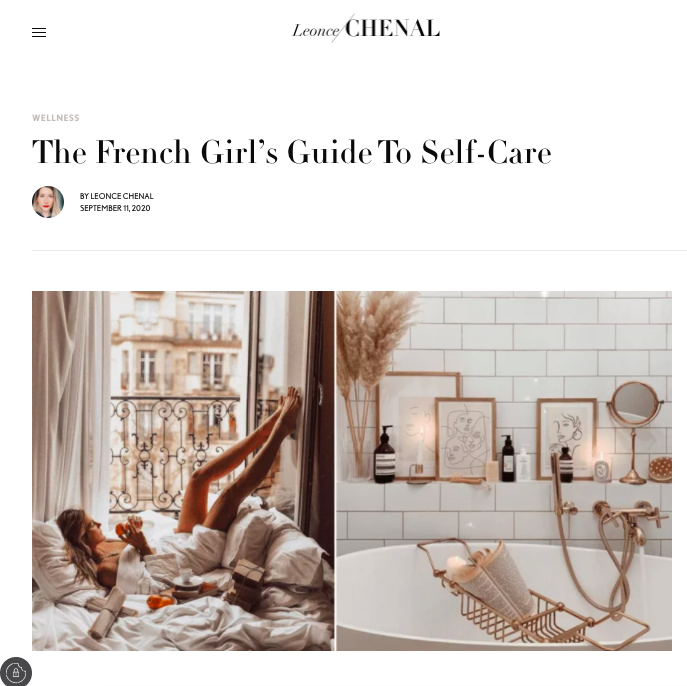
Verbal cues of the Spa Treatment source code include:
- Importance of “social touch” — and whether it will come back after the epidemic. “One of the reasons spas continue to be popular is because they provide nurturing touch to people in the modern age of technology and urbanization who often are deprive of human contact on a regular basis. If social touch becomes even more rare post-coronavirus, spas may provide a unique haven where people can experience touch in a clean and safe environment.”
- Quasi-medical discourse around “touch starvation”
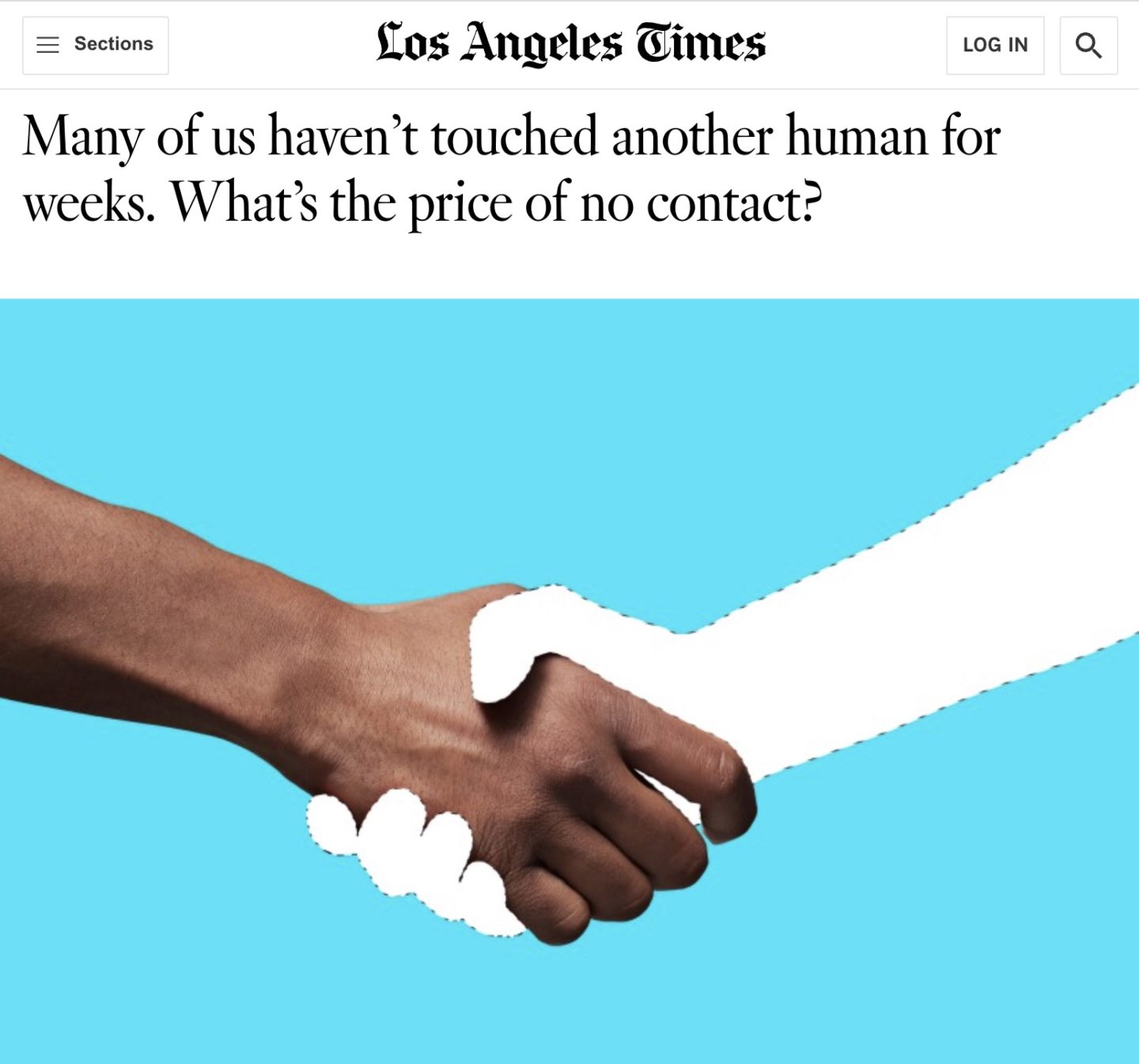
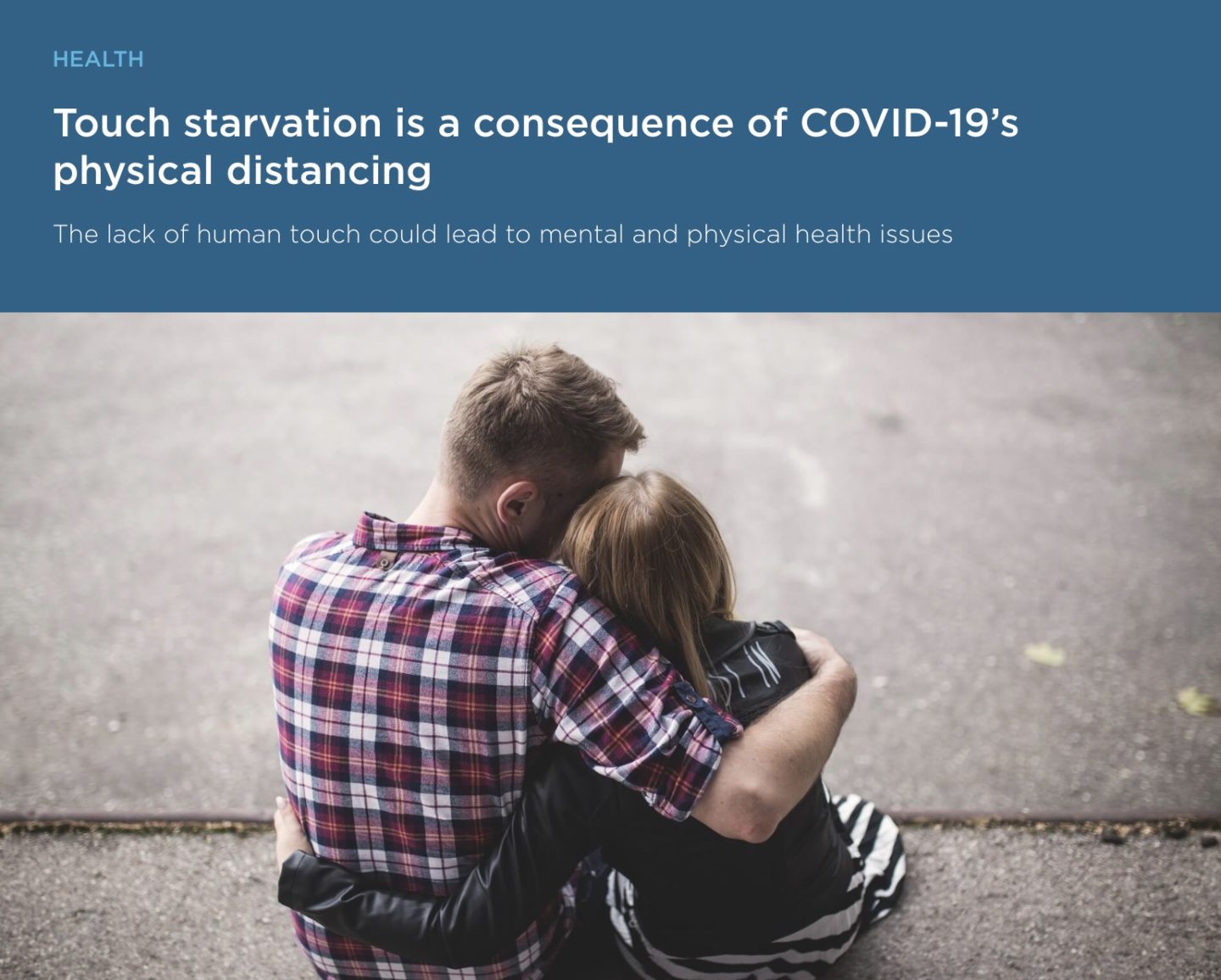
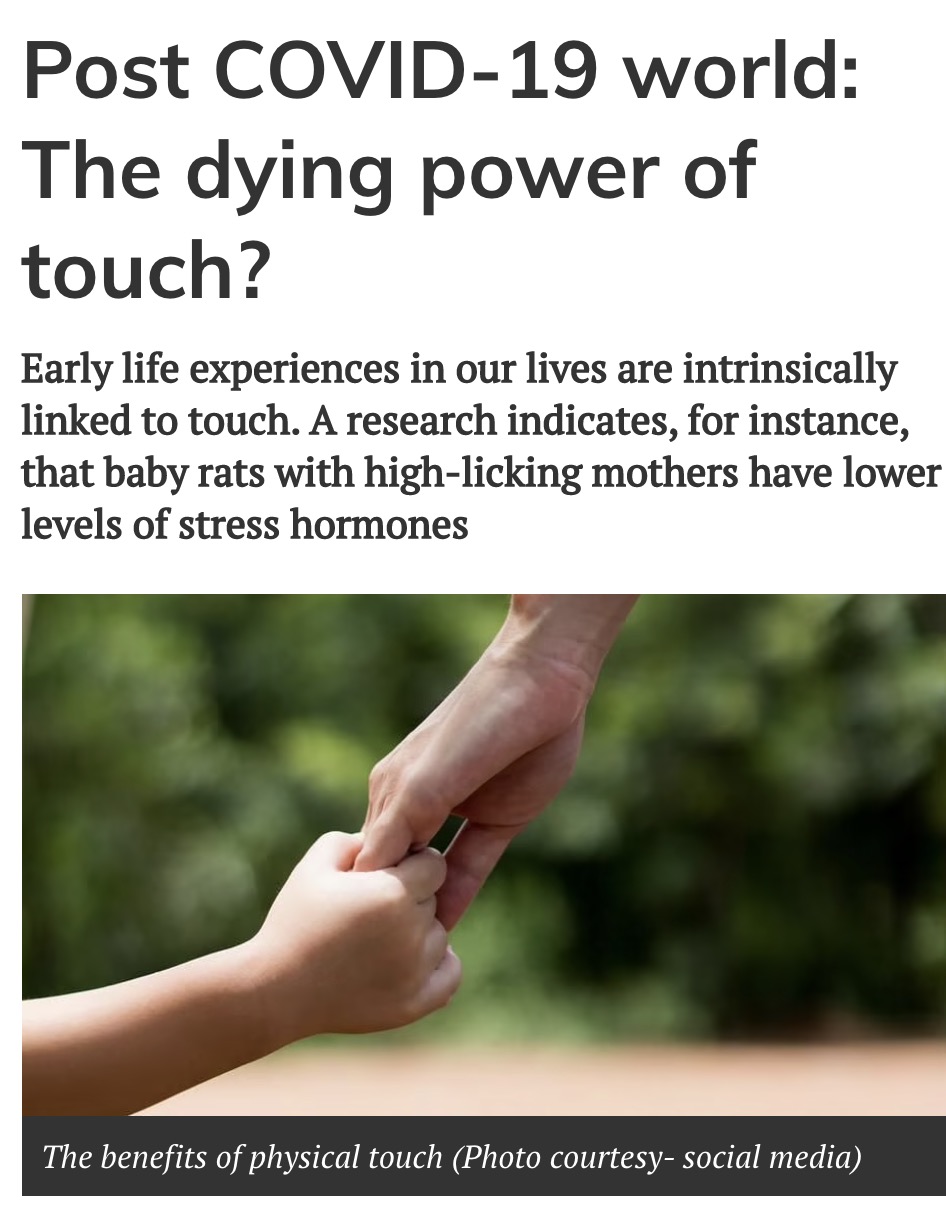
Small Wins
The Small Wins source code’s norm (idea, value, higher-order benefit) can be described as follows: Small wins reduce stress, give you a daily action plan to follow, and offer immediate rewards.
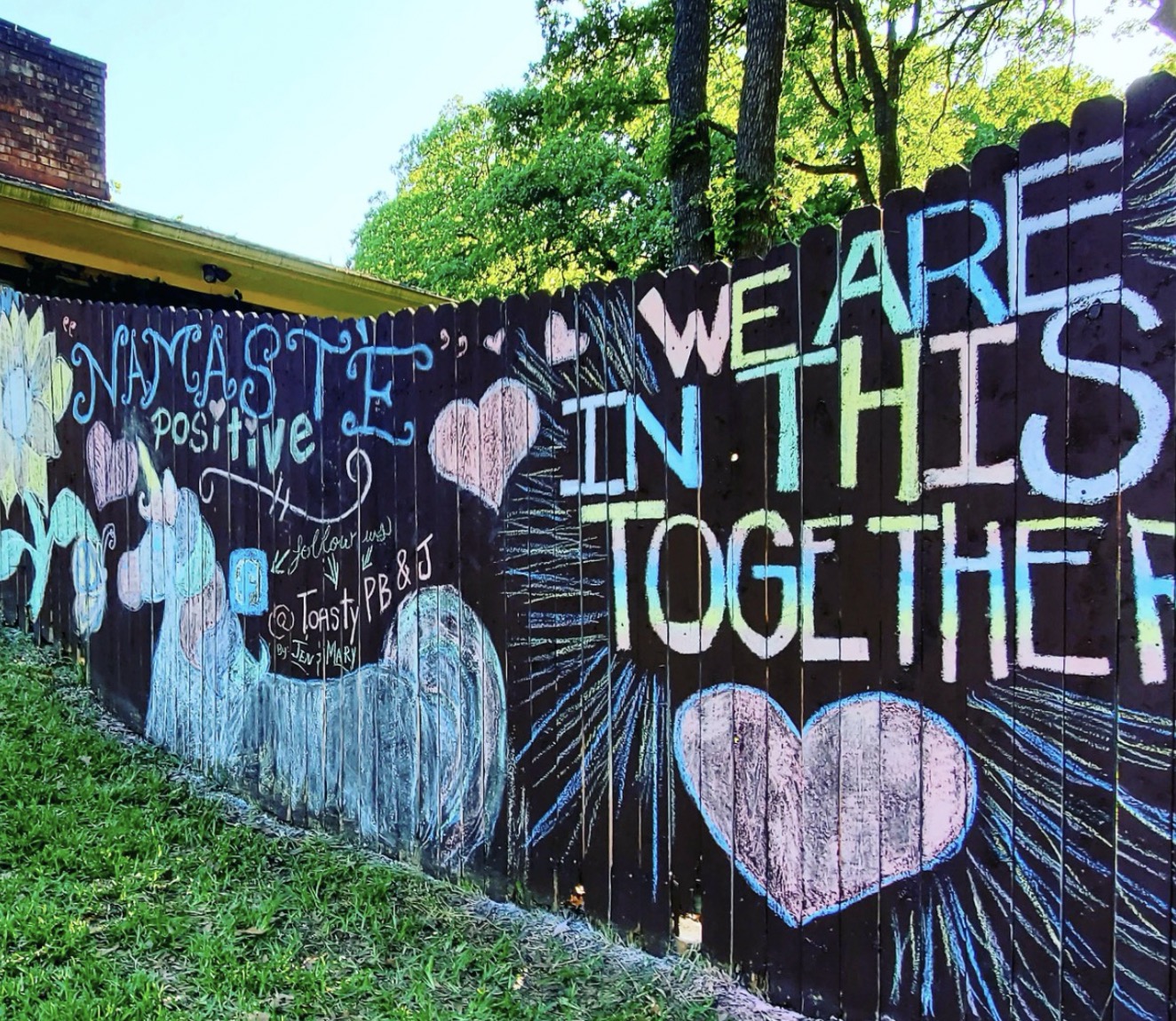
Visual cues of the Small Wins source code include:
- Bright, colorful artwork.
- Neighborhood, amateur art (sidewalk chalk, painted fences, window treatments) intended to cheer everyone up
Verbal cues of the Small Wins source code include:
- Philosophical tonality. “Little wins… that’s what matters right now.”
- “That feeling when…” memes
- Suggestions of little things you can do to feel like you’re making it through the epidemic OK. “One bright thing.” “Parents share their tiny victories while working from home with kids.”
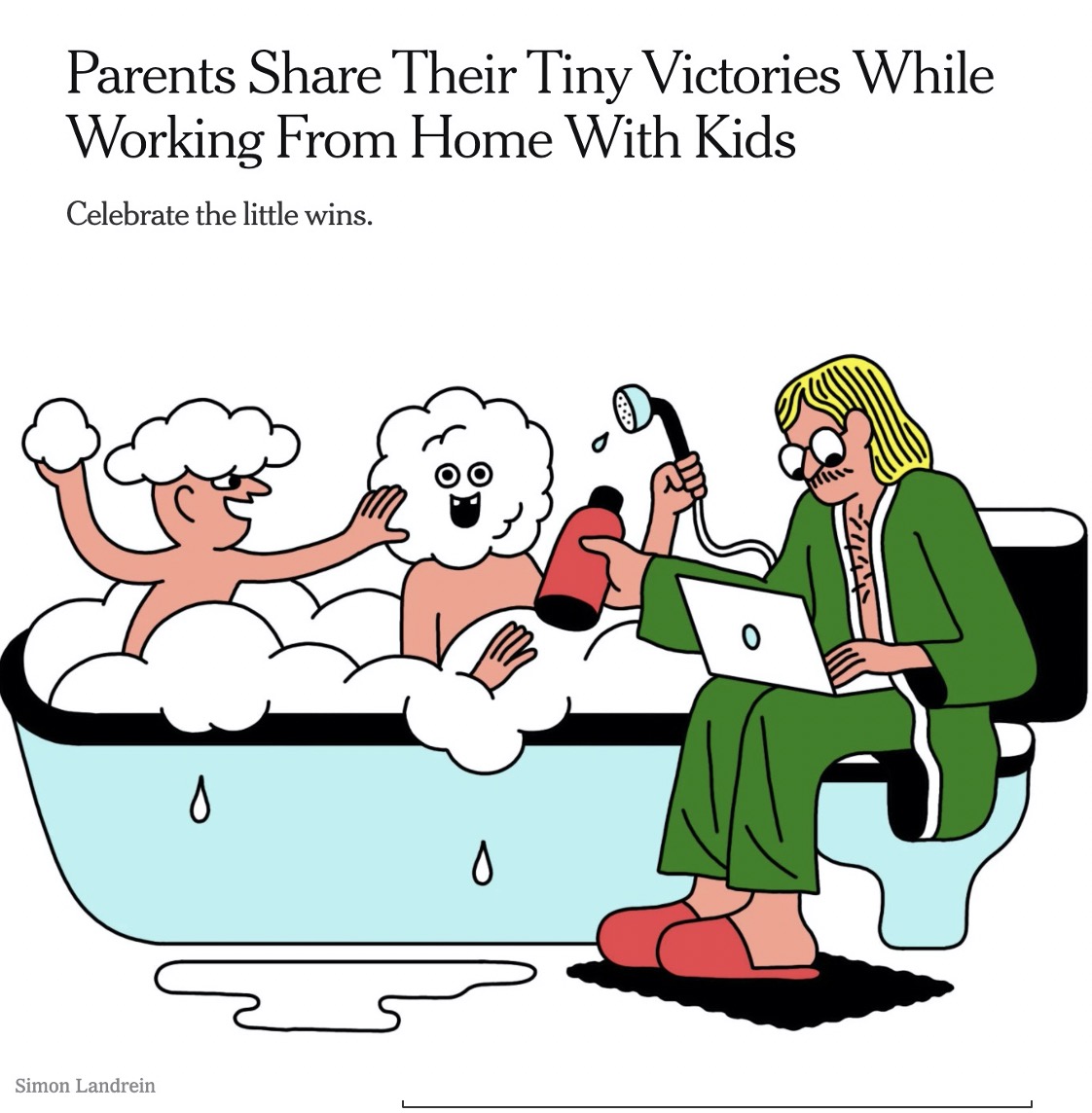
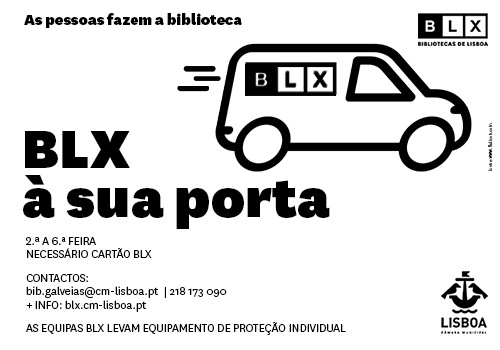
Sónia Marques (Portugal) submits an example of one small victory, brought to the populace of Lisbon by BLX (Lisbon’s libraries). “During January and February we had a strict confinement in Portugal and libraries and bookshops got closed. So the Lisbon libraries created a new service to their subscribers, delivering books to people’s homes. The sentence “As pessoas fazem a sua biblioteca” means “People make their own libraries.”
Indulge Yourself
The Indulge Yourself source code’s norm (idea, value, higher-order benefit) can be described as follows: Indulging yourself makes you feel energized, cared for, contented, refreshed, and re-energized.
Visual cues of the Indulge Yourself source code include:
- People indulging in… sugary or salty snacks, cooking a delicious meal for one, giving themselves a facial, etc.
- Playing games, reverting to childhood pleasures
- Bright, colorful, fun.
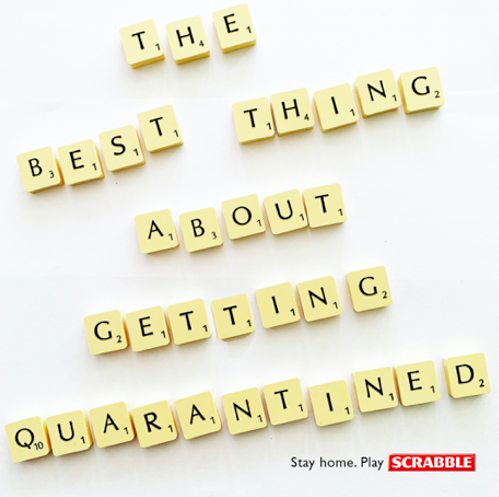
Verbal cues of the Indulge Yourself source code include:
- Unexpected bonus: “The best thing about getting quarantined” (Scrabble)
- Unashamed comfort tonality: “I just need the comfort,” “Consumers are coming back to old-fashioned brands that had fallen out of favor”; “How to engineer a comfort food”
- Self-help tonality: e.g., “Now that you have more time, be sure to pamper yourself”; “10 ways to practice self-care during the COVID-19 outbreak”; “Coronavirus: Pampering Yourself at Home”
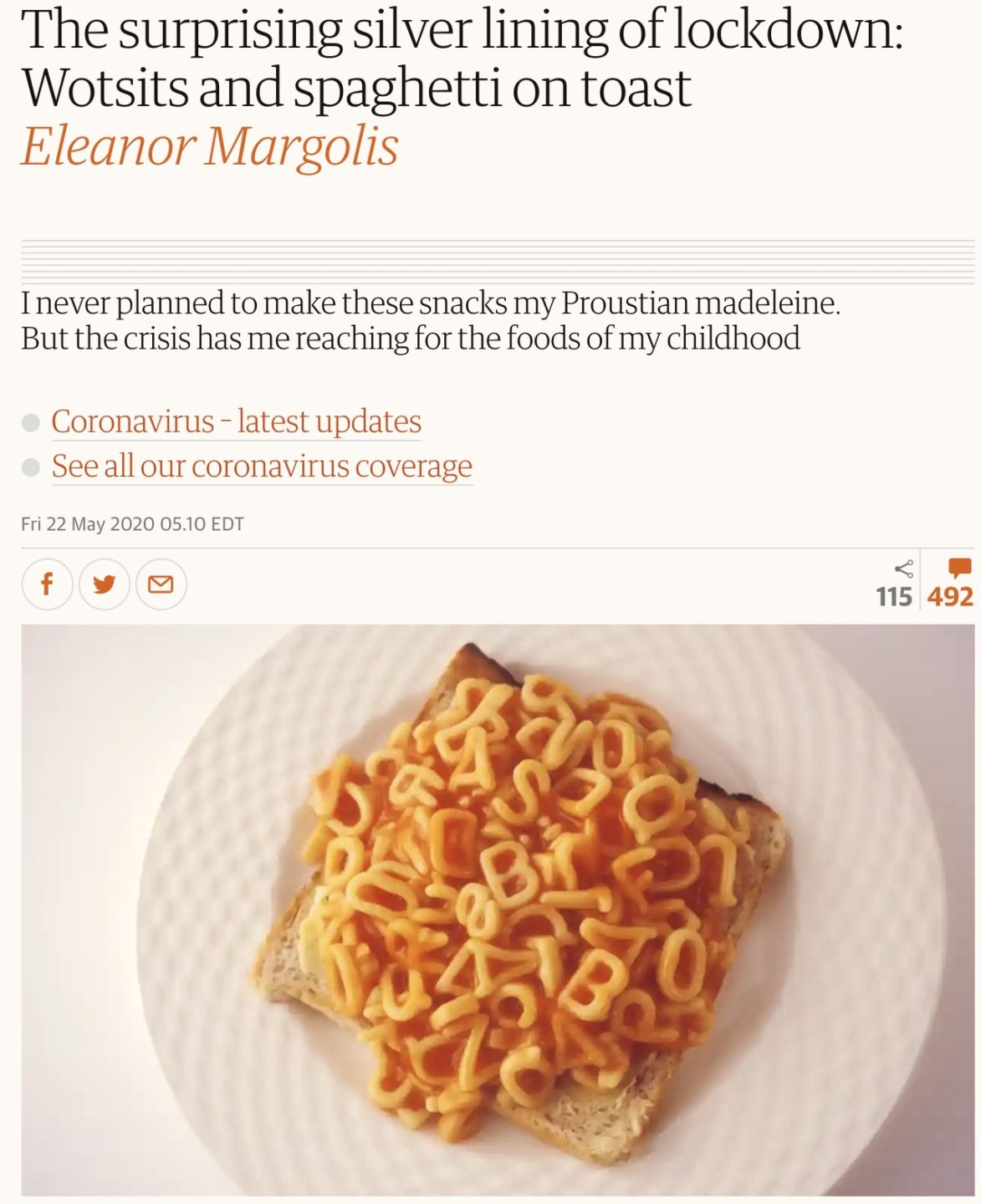
Purging 2020
The Purging 2020 source code’s norm (idea, value, higher-order benefit) can be described as follows: Ritualistically exorcizing the year 2020, as though it were an evil spirit possessing us all .

Visual cues of the Purging 2020 source code include:
- Explicit attacks on the year 2020, e.g., a giant “2020” construct exploded.
- Rituals — whether earnest or tongue-in-cheek, or somewhere in-between — exorcizing 2020
- Fun rituals intended to make 2020 more enjoyable
Verbal cues of the Purging 2020 source code include:
- Apostrophizing 2020, addressing angry diatribes against it.
- “Fuck you, 2020.”
- “O 2020… you are not worthy to be remembered….you have troubled us so much, you are not worthy to forget.”

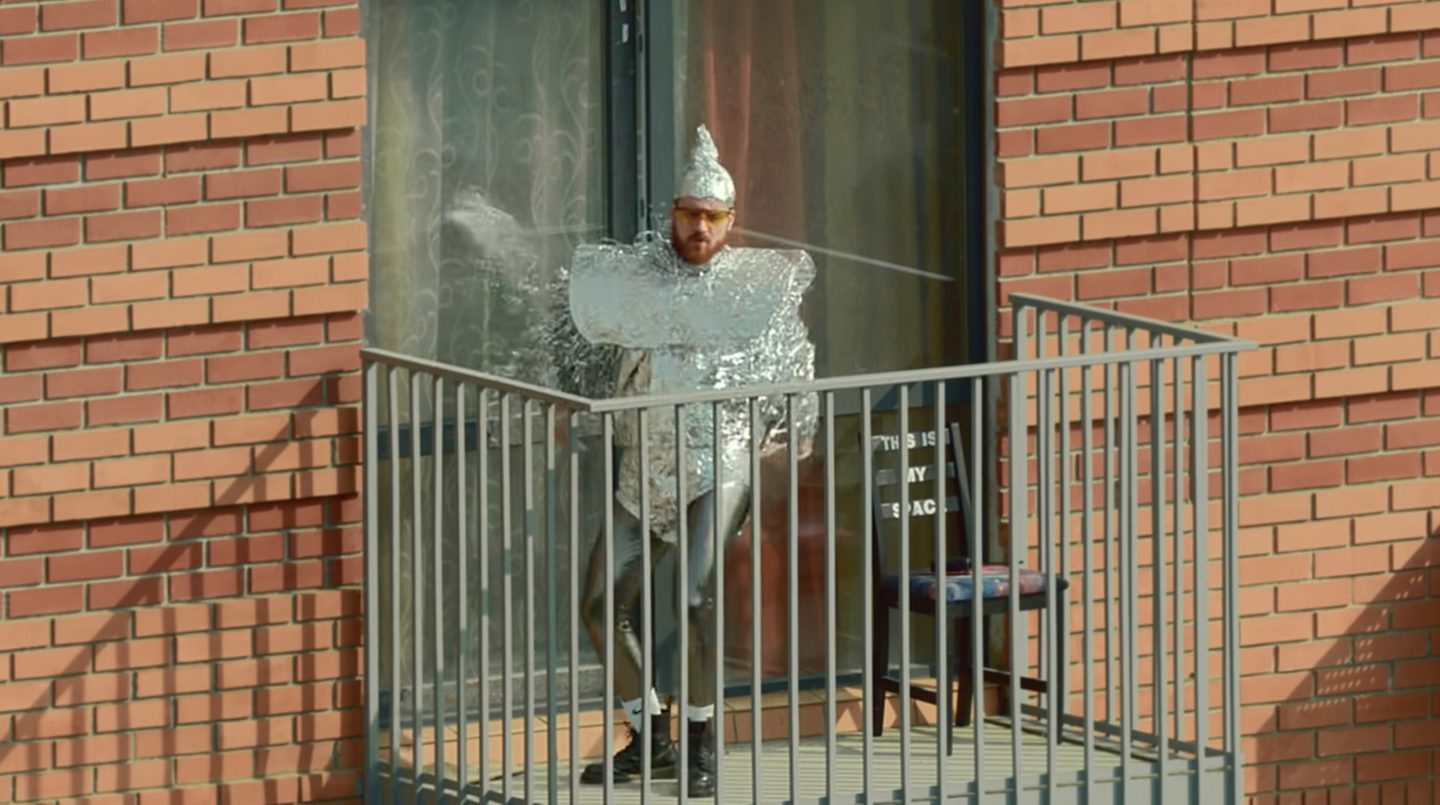
Maria Papanthymou (Russia) writes: “In April, apartment dwellers across the Russian-speaking world took to their balconies to emulate the ‘I Cry Over Techno‘ music video by Russian pop act Cream Soda, which is ‘dedicated to all canceled parties,’ and which shows band members and other characters dancing on balconies in increasingly absurd ways.”
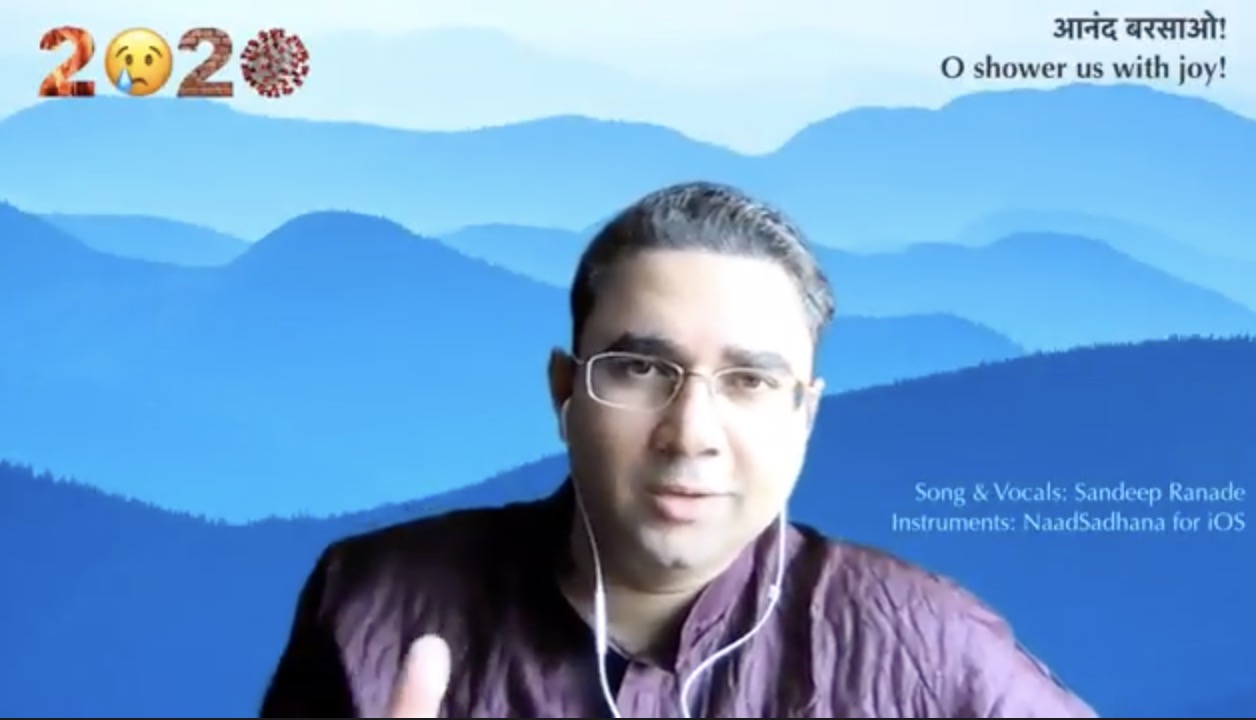
Aiyana Gunjan (India) sends this video, a WhatsApp forward that was very popular around the turn of 2019–2020: “According to folklore, an excellent rendition of the Hindustani classical raga “Megh Malhar” can make it rain and in so doing — as in the end of the summer drought — wash away all miseries. The singer, Sandeep Ranade, a classical vocalist, evokes the higher forces to shower joy and remove all pain and suffering of 2020.”
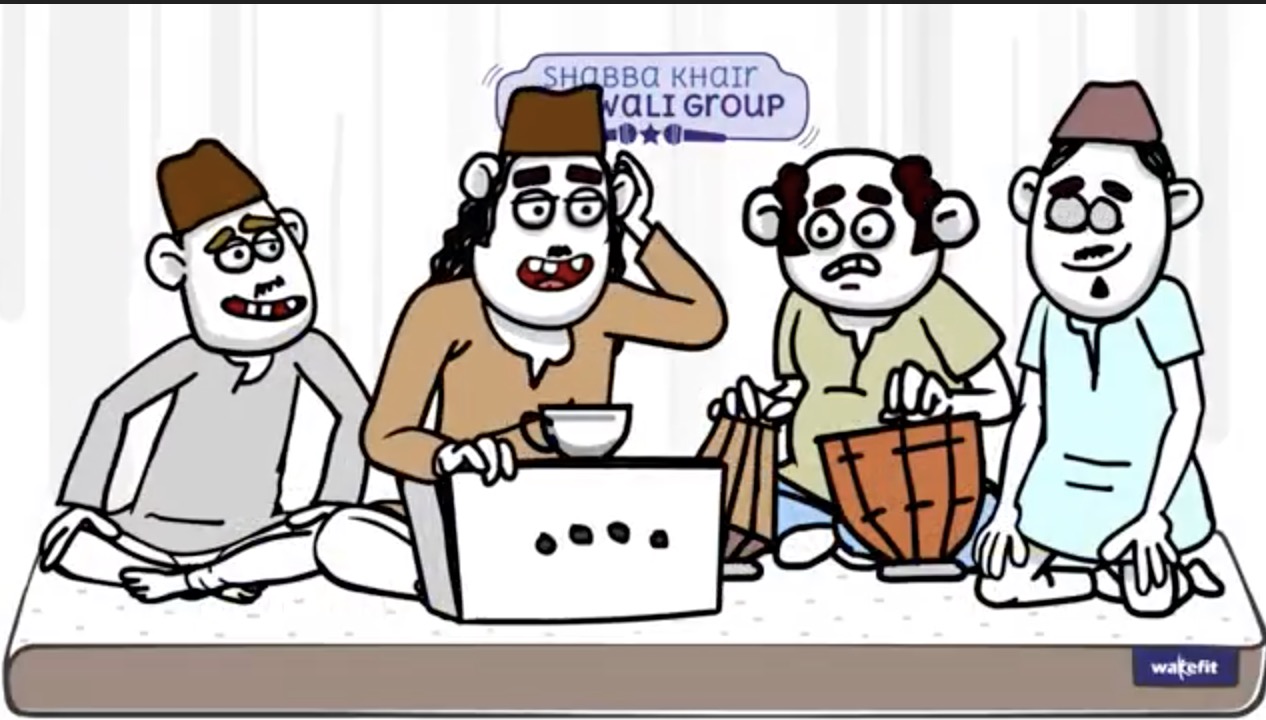
Aiyana also sends this video expressing anger towarss 2020 via Qawaali, a popular form of Indian music. “O 2020… you are not worthy to be remembered…. you have troubled us so much, you are not worthy to forgot. 2020, go to Hell!” etc.
Thank you for reading our Covid Codes series. Next week’s installment will be on this theme: BIG PICTURE.
Also see these global semio series: MAKING SENSE (Q&As) | SEMIOFEST SESSIONS (monthly mini-conferences) | COVID CODES | SEMIO OBJECTS | COLOR CODEX | DECODER (fictional semioticians) | CASE FILE | PHOTO OP | MEDIA DIET.

